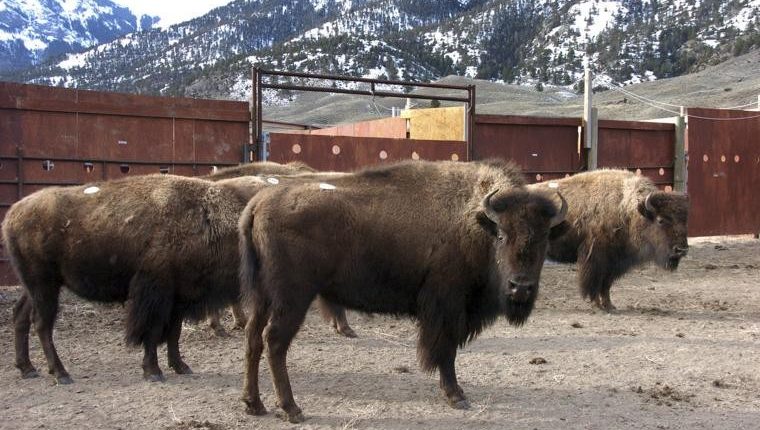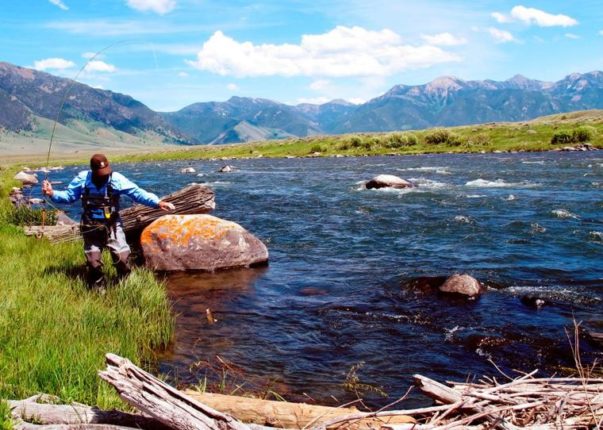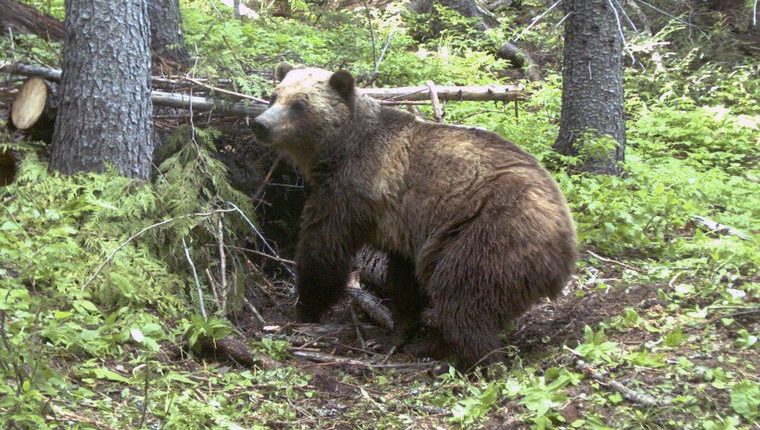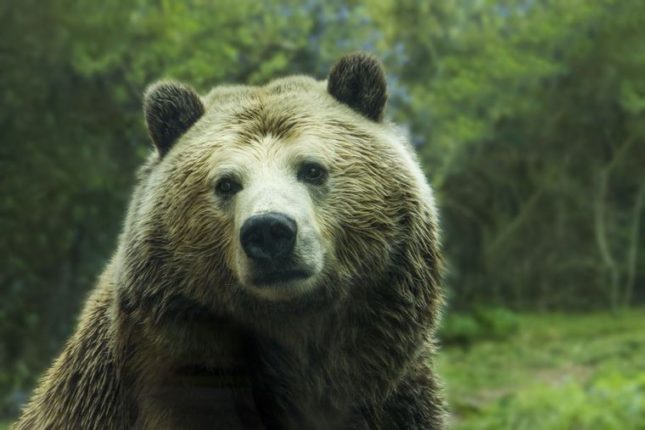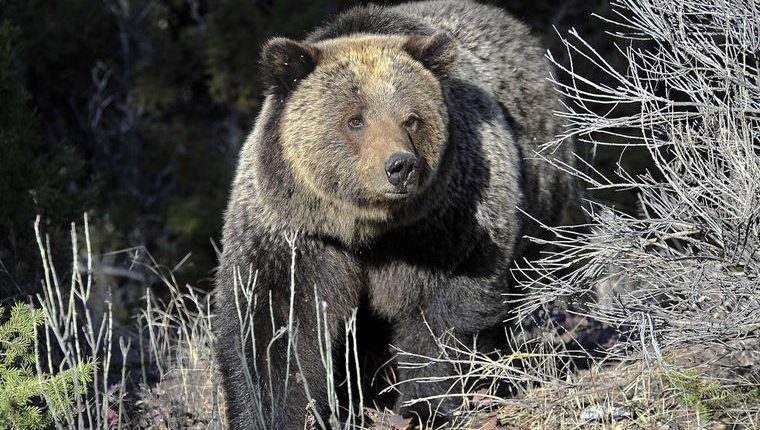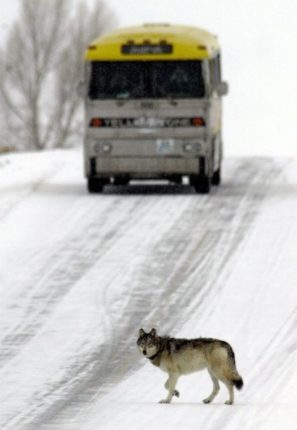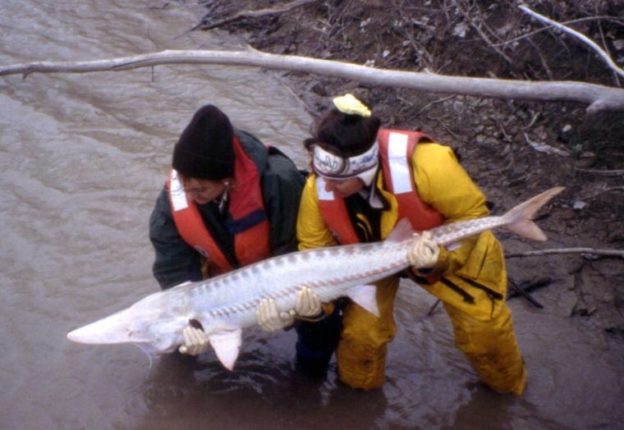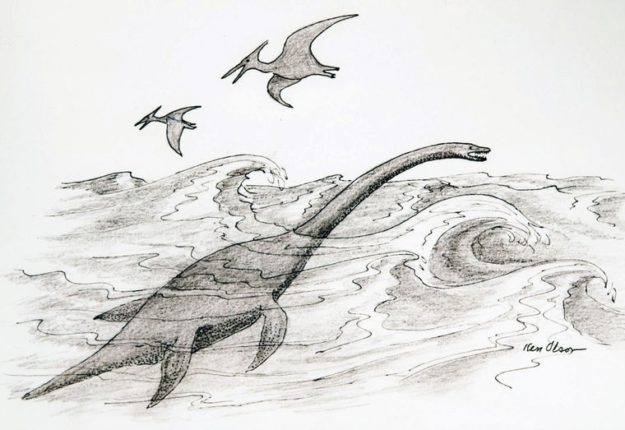HELENA, Mont. (AP) — Yellowstone National Park is launching a new program to capture and quarantine wild bison with the goal of establishing new, disease-free herds across the nation, park officials said Tuesday.
The program aims to help the conservation of the species by relocating wild Yellowstone bison to “suitable public and tribal lands” after they pass rigorous testing for disease, according to the National Park Service’s decision.
It also would cut down the number of bison that are slaughtered when they wander outside the park over concerns about the spread of disease.
“We’re hopeful that this will significantly reduce the number of animals that are shipped to slaughter,” Yellowstone spokeswoman Morgan Warthin said.
The number of Yellowstone bison reached a record 5,500 in 2016, and about 2,300 of the animals have been slaughtered and hunted since then, according to park officials. The targeted population set by the Interagency Bison Management Plan is 3,000, but park officials are happy with the current estimated population of about 4,200, Warthin said.
The program greenlighted on Tuesday will begin with 91 bison now being held in park facilities with testing for the disease brucellosis, which causes animals to abort their young.
The animals that initially test negative will be repeatedly tested for months before being transferred to another park facility or to the Fort Peck Indian Reservation in northeastern Montana for the final phase of testing and monitoring.
If they remain disease-free, the bison will be relocated to start new herds or supplement existing ones for conservation or cultural purposes.
Bison from the first group could be transferred for the final phase by the end of the year, Warthin said.
Many details of the program, including who determines where the bison end up or which public lands are suitable for relocation, will be determined through negotiated agreements, Warthin said.
The program has no end date. “This is really a long-term plan,” she said.
A previous quarantine program resulted in a legal fight over the 2012 transfer of dozens of Yellowstone bison to the Fort Peck and Fort Belknap reservations by neighboring ranchers who worried about property damage and the spread of disease.
An organization that opposed that transfer, United Property Owners of Montana, said the matter is not as big of a concern now if the tribes can keep the bison contained.
“The bottom line for us is the bison need to be owned and managed by a responsible party who can be liable in the event damage occurs,” spokesman Chuck Denowh said.
Montana state veterinarian Marty Zaluski, along with the conservation groups Greater Yellowstone Coalition and the National Parks Conservation Association, said they support the program.
The bison advocacy group Buffalo Field Campaign opposes the quarantine program because its members would like to see the bison restore themselves on the western landscape through natural migration.
The group is concerned that the quarantine program would be used to turn the wild animals into livestock, said spokeswoman Stephanie Seay.
